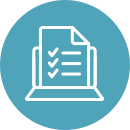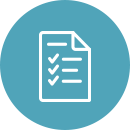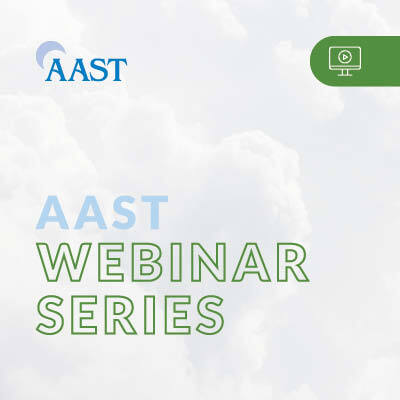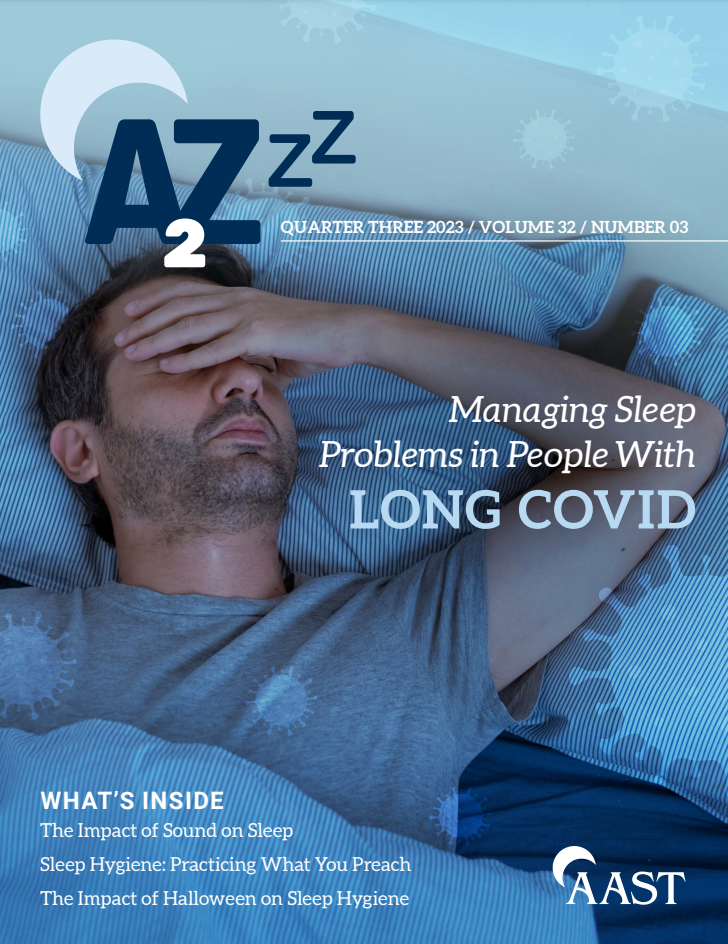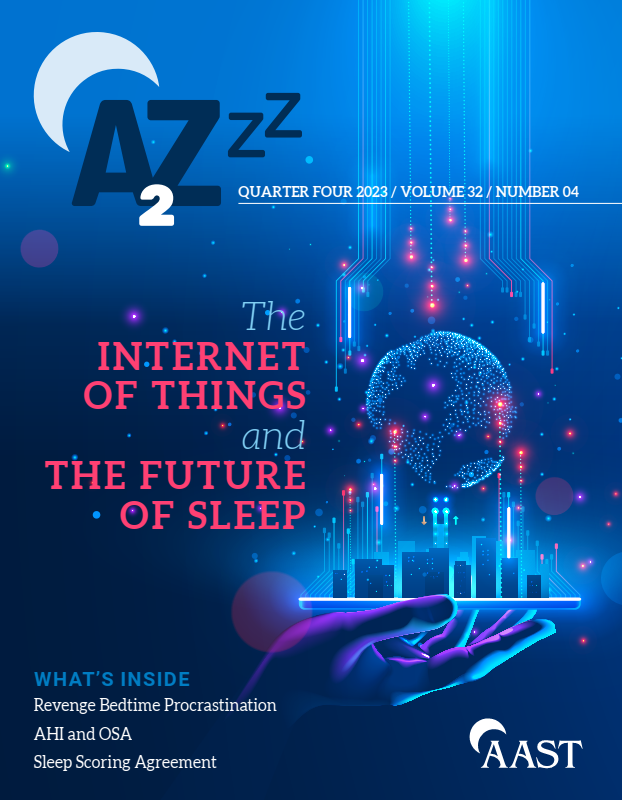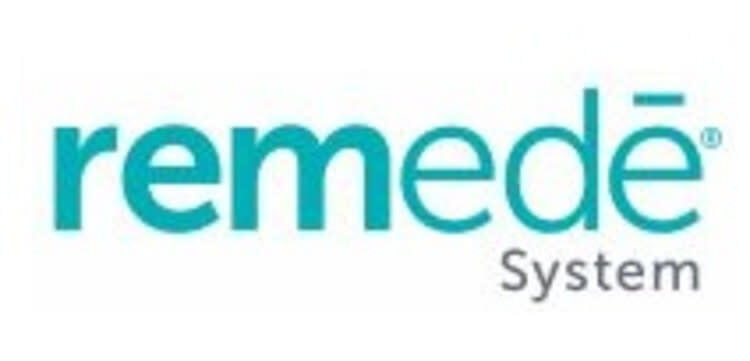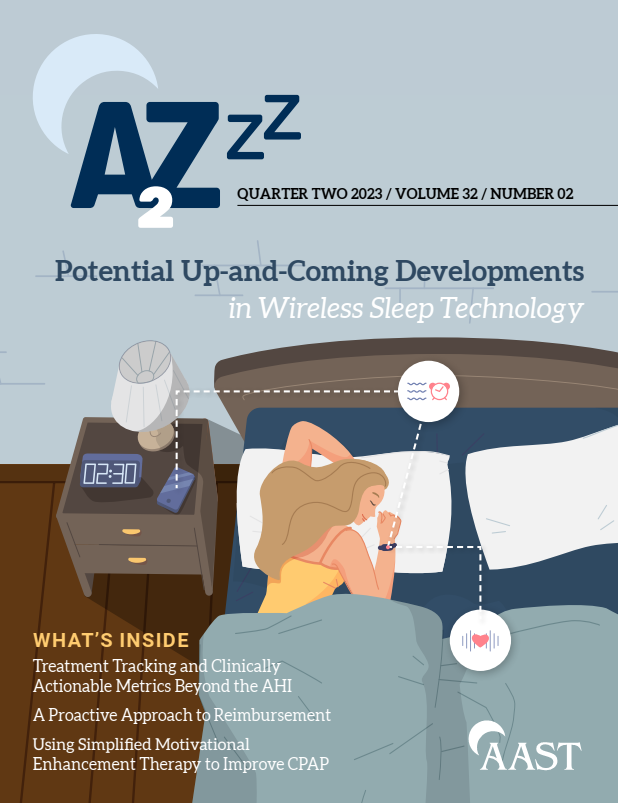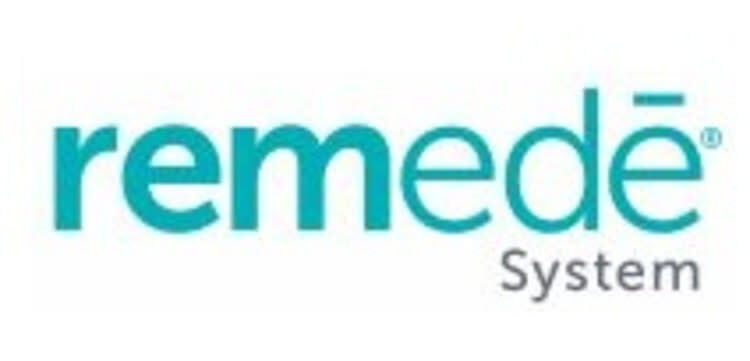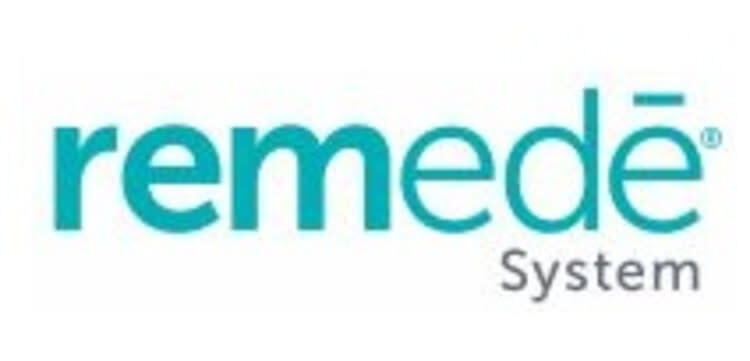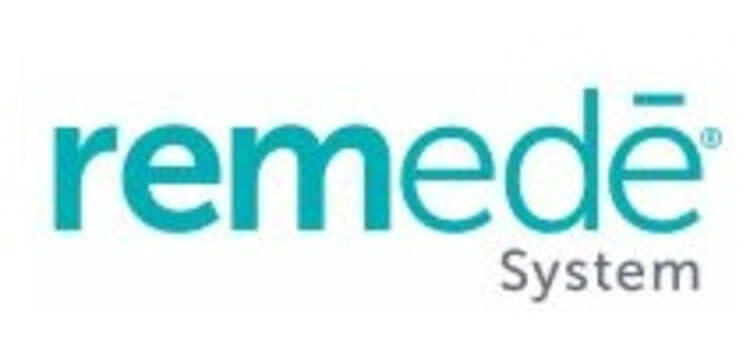
Recommended for You
-
Includes Credits
This webinar will provide an overview of sleep health through the lens of behavioral sleep medicine - addressing the fundamental functions of sleep, sleep disorders, and treating insomnia and CPAP non-adherence using evidence-based methodologies.
This webinar will provide an overview of sleep health through the lens of behavioral sleep medicine - addressing the fundamental functions of sleep, sleep disorders, and treating insomnia and CPAP non-adherence using evidence-based methodologies.
Objectives:
1. Provide an overview of normal human sleep functioning
2. Identify and assess common sleep disorders
3. Fundamentals of behavioral interventions for insomnia and CPAP adherence.
Natalia S. David, PsyD, DBSM
Director of Training, DrLullaby.com
Continuing Education:
- 1 AAST CEC after passing a short knowledge assessment in the AAST Learning Center
Access:
- Free with AAST Membership
- $30 for Non-Members
-
Register
- Non-member - $30
- Member - Free!
- More Information
-
Includes Credits
A2Zzz Q2 2024/ Volume 33/ Number 2 (A31881)
The 2024 Q2 issue of A2Zzz is here! Many prescription oximeters have FDA clearance but not FDA approval. The advent of over-the-counter (OTC) home oximetry with FDA approval provides a way to make home oximetry more available to patients and thereby allow physicians to have a greater amount of information regarding what is occurring with a patient’s blood oxygen levels during sleep, including in people diagnosed with or suspected of having obstructive sleep apnea (OSA).
Explore additional articles, including:
- On the Horizon: Over-the-Counter Pulse Oximetry
- The Sleep Navigator Role: An Example of Success
Updates to Claiming CECs From A2Zzz
AAST members looking to claim their free AAST continuing education credits (CECs) from reading the latest issue of A2Zzz will now need to complete a knowledge assessment in the Learning Center. Upon completion of the knowledge assessment, AAST members will be awarded their two free AAST CECs. For additional information on this change, please view the instructions for earning credits from A2Zzz.
-
Register
- Member - Free!
- More Information
-
Includes Credits
A2Zzz Q3 2023/ Volume 32/ Number 3
The 2023 Q3 issue of A2Zzz is here! This issue's cover story offers advice for sleep-care professionals treating sleep problems in patients with long COVID.
Explore additional articles, including:
- The Impact of Sound on Sleep
- Sleep Hygiene: Practicing What You Preach
- The Impact of Halloween on Sleep Hygiene
Updates to Claiming CECs From A2Zzz
AAST members looking to claim their free AAST continuing education credits (CECs) from reading the latest issue of A2Zzz will now need to complete a knowledge assessment in the Learning Center. Upon completion of the knowledge assessment, AAST members will be awarded their two free AAST CECs. For additional information on this change, please view the instructions for earning credits from A2Zzz.
-
Register
- Member - Free!
- More Information
- The Impact of Sound on Sleep
-
Includes Credits
A2Zzz Q4 2023/ Volume 32/ Number 4
The 2023 Q4 issue of A2Zzz is here! The use of the Internet of things (IoT) in the sleep field is showing promise in improving the diagnosis and management of sleep disorders, primarily obstructive sleep apnea (OSA). But are the drawbacks of IoT enough to prevent it from being fully utilized by sleep professionals?
Explore additional articles, including:
- Revenge Bedtime Procrastination
- SPONSORED: Is the Apnea-hypopnea Index the Best Metric for Evaluating Obstructive Sleep Apnea
- Sleep Scoring Among Different Types of Scorers: Thoughts on Getting to 100% Agreement
Updates to Claiming CECs From A2Zzz
AAST members looking to claim their free AAST continuing education credits (CECs) from reading the latest issue of A2Zzz will now need to complete a knowledge assessment in the Learning Center. Upon completion of the knowledge assessment, AAST members will be awarded their two free AAST CECs. For additional information on this change, please view the instructions for earning credits from A2Zzz.
-
Register
- Member - Free!
- More Information
-
Includes Credits
In this course, learners will hear how to understand the tools, approaches, and clinical evidence for diagnosing and treating sleep apnea in cardiac patients. This content is provided by Respicardia.
This content is provided by Zoll/Respicardia.

Overview: Understand the tools, approaches, and clinical evidence for diagnosing and treating sleep apnea in cardiac patients. This content is provided free of charge by Respicardia.
Presenters:
Kunal Agarwal, MD, FAAFP, FAASM, DipABOM
Medical Director, TidalHealth Sleep Medicine, Seaford & Mellsboro, Delaware
Objectives:Explore the evidence for sleep apnea screening in cardiology, with a focus on heart failure patients
Understand the mechanisms and clinical consequences of untreated central sleep apnea
Review the evidence for transvenous phrenic nerve stimulation (TPNS) to treat central sleep apneaCEC Credit(s): 1.0
Length: 45 minutes
-
Register
- Non-member - Free!
- Member - Free!
- More Information
-
Register
-
Includes Credits
A2Zzz Q1 2024/ Volume 33/ Number 1
The 2024 Q1 issue of A2Zzz is here! ChatGPT has rapidly grown in popularity as it allows people to quickly search for information as well as write and create content. A major drawback of the chatbot is that it provides plausible sounding but incorrect answers. This can be problematic for patients looking for medical information and has prompted sleep researchers to investigate the feasibility of using ChatGPT to generate patient educational materials on sleep disorders.
Explore additional articles, including:
- The Use of ChatGPT for Creating Sleep Disorders Education Materials: What You and Your Patients Should Know
- Rise and Shine: Professional Preparedness for the Year Ahead
Updates to Claiming CECs From A2Zzz
AAST members looking to claim their free AAST continuing education credits (CECs) from reading the latest issue of A2Zzz will now need to complete a knowledge assessment in the Learning Center. Upon completion of the knowledge assessment, AAST members will be awarded their two free AAST CECs. For additional information on this change, please view the instructions for earning credits from A2Zzz.
-
Register
- Member - Free!
- More Information
-
Includes Credits
A2Zzz Q2 2023/ Volume 32/ Number 2
The 2023 Q2 issue of A2Zzz is here! This issue's cover story examines the latest developments in wireless sleep technology being used to screen for obstructive sleep apnea (OSA).
Explore additional articles, including:
- Potential Up-and-Coming Developments in Wireless Sleep Technology
- Optimizing Patient Outcomes Requires More Than Single-Night Testing for Sleep Apnea
- A Proactive Approach to Reimbursement
- The Reluctant Patient: Simplified Motivational Enhancement Therapy to Improve CPAP Adherence
Updates to Claiming CECs From A2Zzz
AAST members looking to claim their free AAST continuing education credits (CECs) from reading the latest issue of A2Zzz will now need to complete a knowledge assessment in the Learning Center. Upon completion of the knowledge assessment, AAST members will be awarded their two free AAST CECs. For additional information on this change, please view the instructions for earning credits from A2Zzz.
-
Register
- Member - Free!
- More Information
-
Includes Credits
In this course, Dr. Khayat and Dr. Javaheri review the pathophysiology of central sleep apnea, with a focus on CSA in heart failure patients. They discuss the clinical outcomes of patients with CSA and review available therapeutic options for treating CSA. This content is provided by Respicardia.
This content is provided by Zoll/Respicardia.

Overview: In this course, Dr. Khayat and Dr. Javaheri review the pathophysiology of central sleep apnea, with a focus on CSA in heart failure patients. They discuss the clinical outcomes of patients with CSA and review available therapeutic options for treating CSA.
Presenters:
• Dr. Rami Khayat,
o Professor of Clinical Medicine and Psychiatry and Human Behavior
o Director, Pulmonary and Critical Care fellowship Program
o Medical Director, UCI Sleep Disorders Center
• Shahrokh Javaheri, MD
o Medical Director, Sleep Laboratory, Bethesda North Hospital, Cincinnati, Ohio
o Professor Emeritus, Pulmonary and Sleep Medicine, University of Cincinnati
o Adjunct Professor of Medicine, Division of Cardiology, The Ohio State UniversityObjectives:
• Review the pathophysiology of CSA, with a focus on CSA in heart failure patients
• Clarify clinical outcomes of patients with CSA
• Review available therapeutic options for treating CSACEC Credit(s): 1.0
Length: 1 hour and 9 minutes
-
Register
- Non-member - Free!
- Member - Free!
- More Information
-
Register
-
Includes Credits
In this course, Dr. Emani and Dr. Fudim discuss available therapeutic options for treating Central Sleep Apnea, with special focus on the recently published pooled cohort analysis for phrenic nerve stimulation therapy. This content is provided by Respicardia.
This content is provided by Zoll/Respicardia.

Overview: In this course, Dr. Emani and Dr. Fudim discuss available therapeutic options for treating Central Sleep Apnea, with special focus on the recently published pooled cohort analysis for phrenic nerve stimulation therapy.
Presenters:
• Dr. Sitaramesh Emani, Associate Professor of Medicine at the Ohio State University
• Dr. Marat Fudim, Assistant Professor of Medicine and Heart Failure Cardiologist at Duke UniversityObjectives:
• Discuss pooled cohort analysis from phrenic nerve stimulation Pilot and Pivotal Trials
• Review available therapeutic options for treating Central Sleep ApneaCEC Credit(s): 1.0
Length: 1 hour and 9 minutes
-
Register
- Non-member - Free!
- Member - Free!
- More Information
-
Register
-
Includes Credits
In this course, speakers will discuss how to classify hypopneas and asses the various treatment options for patients with predominately central sleep apnea/hypopnea syndrome. This content is provided by Respicardia.
This content is provided by Zoll/Respicardia.

Overview: In this course will discuss how to classify hypopneas and asses the various treatment options for patients wine predominately central sleep apnea/hypopnea syndrome.
Presenters:
Kara Dupuy-McCauley, MD, Senior Associate Consultant Pulmonary and Critical Care Medicine Sleep Medicine Mayo Clinic, Rochester, MN
Timothy Morgenthaler, MD, Vice Chair, Mayo Clinic Quality and Affordability Co-Director, Center for Sleep Medicine Pulmonary, Critical Care, and Sleep Medicine
Mayo Clinic, Rochester, MNObjectives:
Examine the latest evidence, methods, and clinical experience for classifying hypopneas
Assess the available treatment options for patients with predominantly central apneas and hypopneas
Review experience incorporating phrenic nerve stimulation into clinical practiceCEC Credit(s): 1.0
Length: 1 hour
-
Register
- Non-member - Free!
- Member - Free!
- More Information
-
Register
| Access Date | Quiz Result | Score | Actions |
|---|

